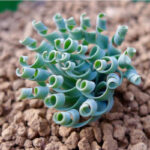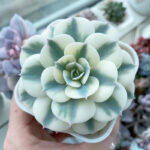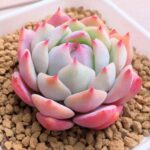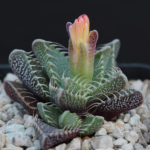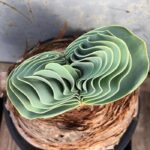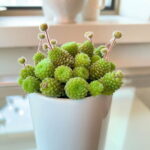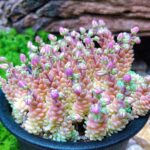Most of these succulents make excellent indoor houseplants, but many also thrive when planted outdoors, even in colder climates. If you're considering planting succulents outdoors, it's important to read the plant's tag and ensure that it can withstand winter conditions in your specific USDA hardiness zone.
In general, succulents prefer to dry out between waterings. Water them until the excess liquid drains from the bottom of the pot, and then check the soil again after about a week. The frequency of watering may vary depending on the dryness of your indoor environment, but it's crucial not to water them again until the soil feels dry when you insert a finger a few inches deep. If your succulent is in a decorative pot without drainage holes, make sure to either create holes or transfer it to a pot that allows proper drainage. As a rule, all types of succulents, whether they hang, bloom, grow tall, or simply adorn your desk, are better off being slightly underwatered rather than overwatered. They will show signs of thirst by dropping leaves or appearing shriveled. Are you ready to bring one into your home? Here are some popular succulent varieties to consider adding to your collection, along with tips on how to care for them.

